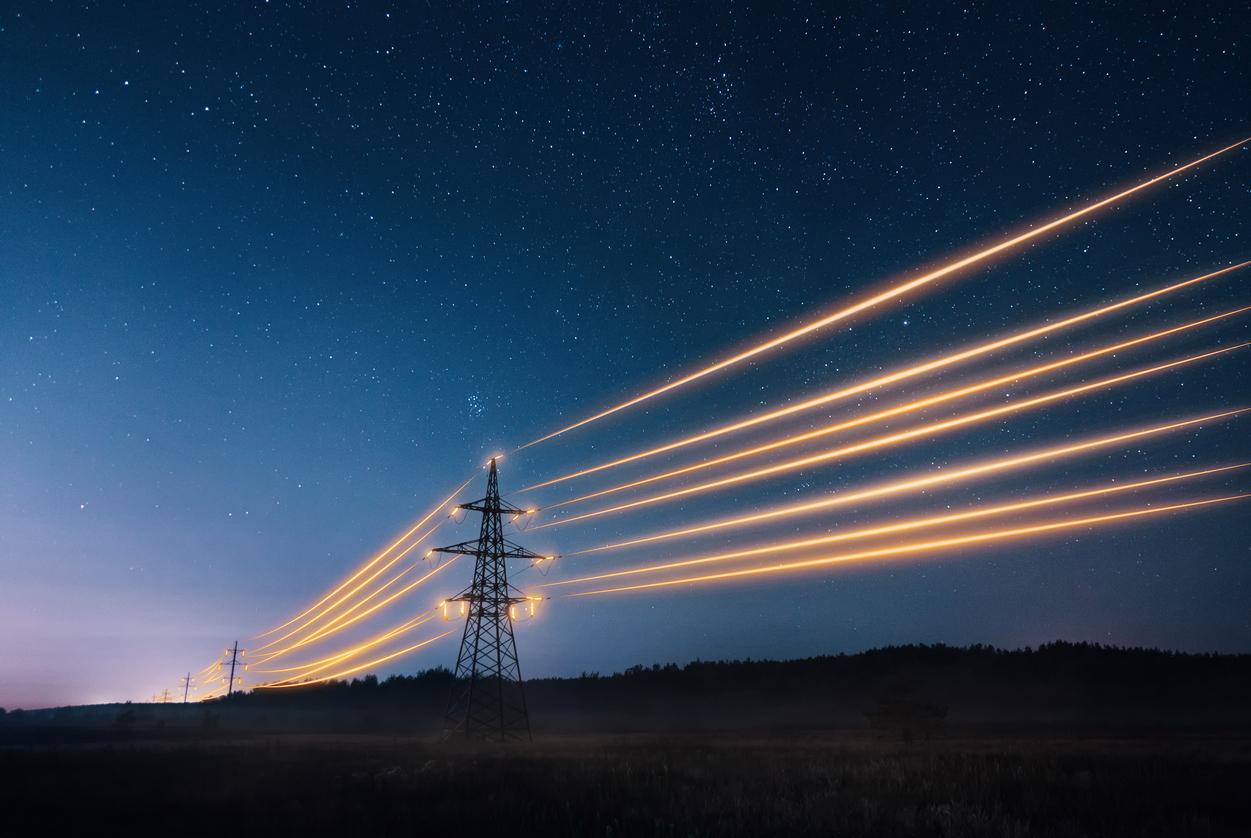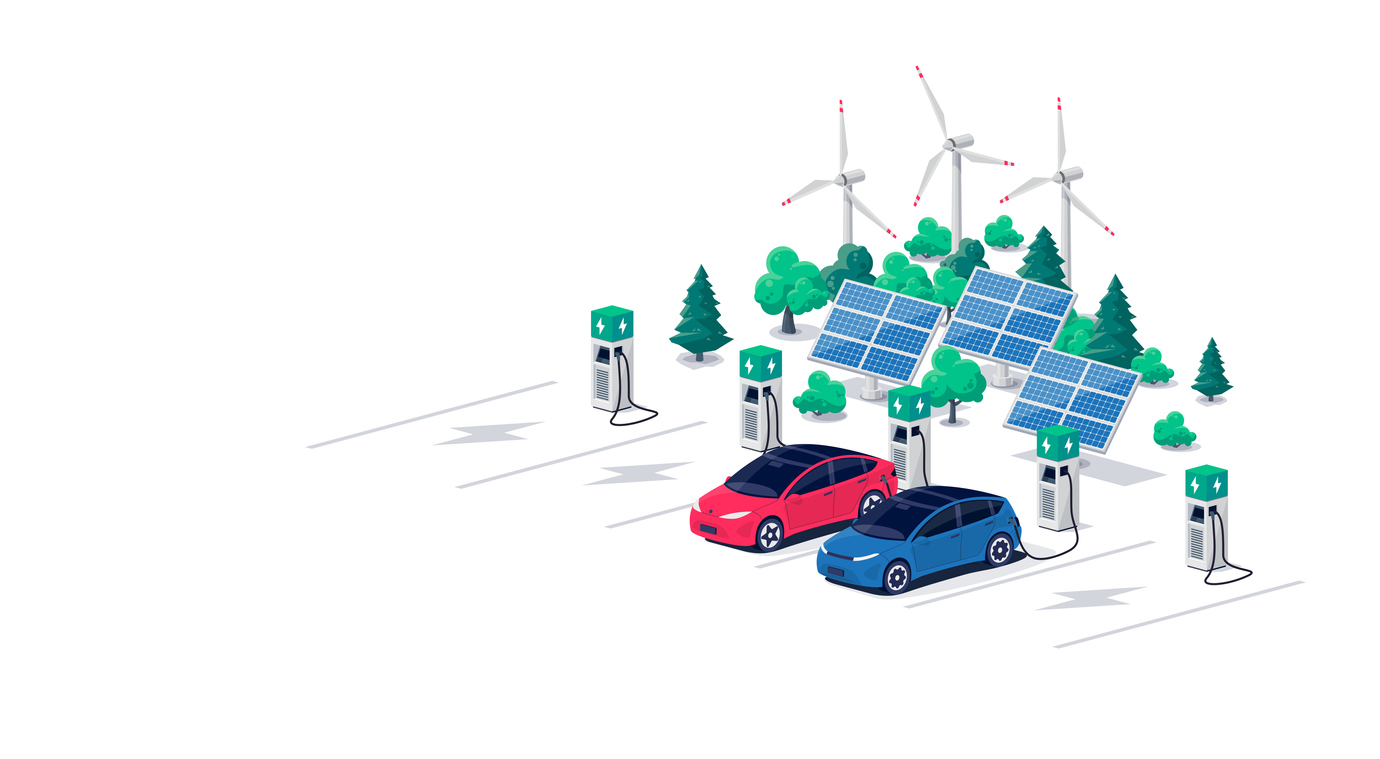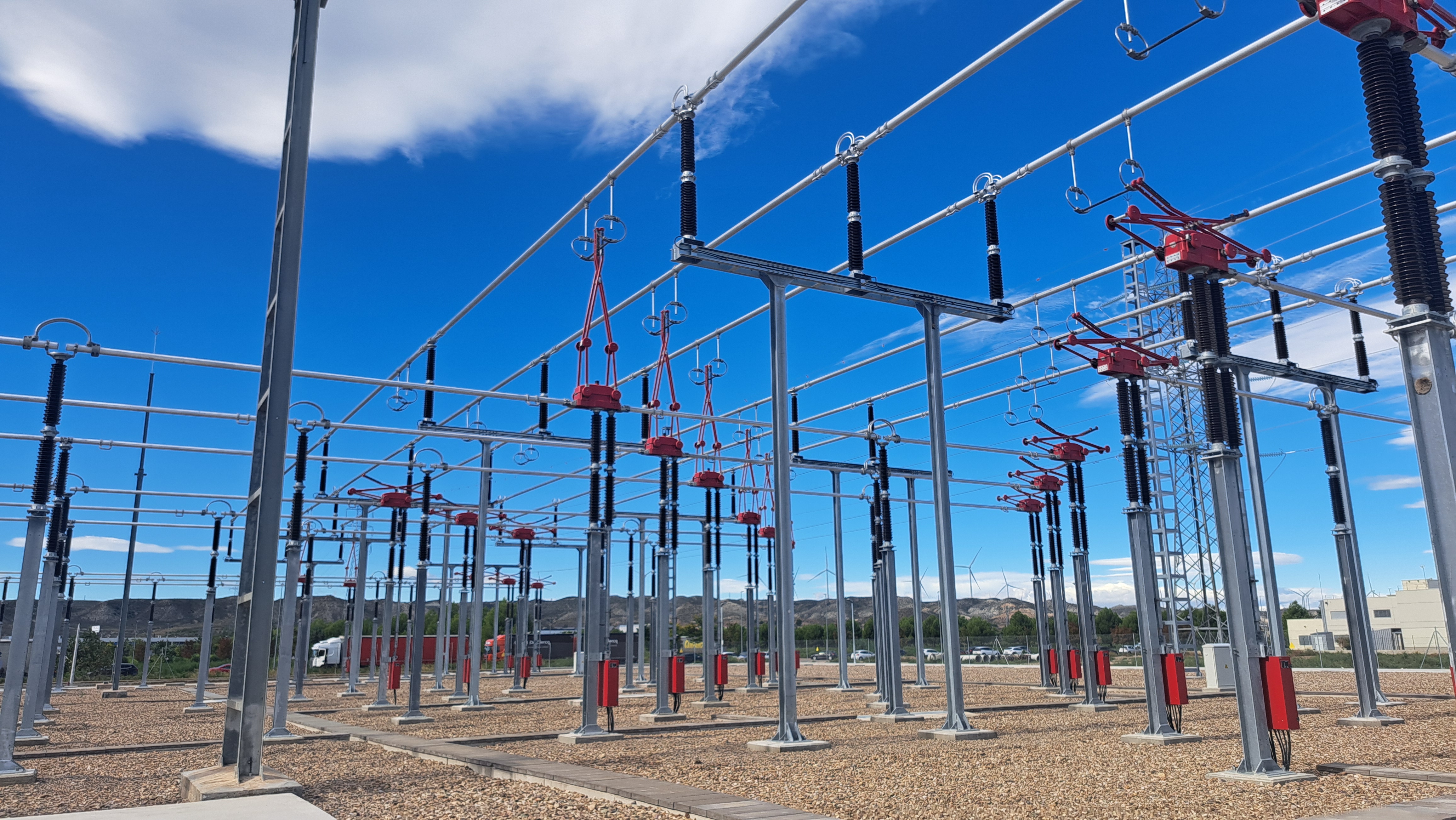For 40 years, we've been driving our country's economic and social progress. Four decades shaping Spain.
Electrification
Electrification
The transition to an electrified economy involves the increasing prominence of electricity across various consumption sectors.

Electrification is Decarbonisation
Electrification plays a crucial role in decarbonising the economy, serving as the primary carrier in the shift towards renewable energy sources such as solar, wind, and hydropower. Through the electrification of the economy, we are progressively displacing polluting energy sources, such as petroleum derivatives and coal, in favour of renewable energies.
In addition, electrifying allows increasing efficiency in various energy uses, making better use of primary energy. Electrification involves the adaptation of devices and machines to new forms of operation, e.g. from diesel to electric cars or from gas to electric boilers.
A Necessary Increase

At present, close to 23% of the energy requirements of the European Union are being met by electricity, with Spain leading at over 24%, as reported by Eurostat.
In order to further decarbonise our economy, enhance energy efficiency, and boost our energy independence, renewable energy sources and electricity should play a more significant role.
The goals and predictions, both domestically and globally, indicate a distinct surge in electrification.
The most electrified sectors
These days many of society's energy needs are satisfied by electricity.
Transmission
This is the sector with the highest potential for decarbonisation through mass electrification.
This potential is particularly evident in road transport. As per the NECP, it is projected that by 2030, Spain will have 5.5 million electric vehicles. Furthermore, the process of electrification is gaining momentum across the entire mobility value chain, thanks to the reduction of carbon emissions in various manufacturing processes within the automotive sector.
High-speed rail is also being strongly endorsed. The current electrical planning involves 13 electrical support projects for railway lines.
Ports in the maritime sector are undergoing a decarbonisation process to be completed by 2030. From that year onwards, ships in EU country ports will meet all their energy needs with electricity while docked.
In the realm of air transportation, a shift towards indirect electrification is anticipated through the development of specialised fuels, including those derived from hydrogen.
Industry
The progression of electrification differs across various industrial sectors due to variations in their production methods.
Broadly speaking, there are two primary avenues for electrification within the industry: chemical processes and the generation of thermal energy. In the latter scenario, notable examples include technologies centred around heat pumps, arc furnaces in the steel and metallurgical industry, and the utilisation of lasers.
In the specific case of data centres, by May 2024, the government's Artificial Intelligence Strategy targets 3,750 MW of electrical power (2,500 MW of computing by 2030).
Residential and Services
In this sector, the switch to lower-emission energy vectors is intensifying thanks to electrification and, to a lesser extent, through gasification.
Some examples are heat pumps to replace gas and fossil fuel boilers, the direct use of electricity for heating, domestic hot water and cooking or indirect electrification through the consumption of renewable gas channelled through the current natural gas network.
The latest in Electrification
Red Eléctrica inaugurates the Cerdà sub-station, essential for the energy transformation of the Port of Barcelona

Red Eléctrica expands the Espartal 220 kV sub-station in Zaragoza, key for new technological and industrial projects

Red Eléctrica commissions the new Abrera sub-station to support Barcelona's automotive industry













